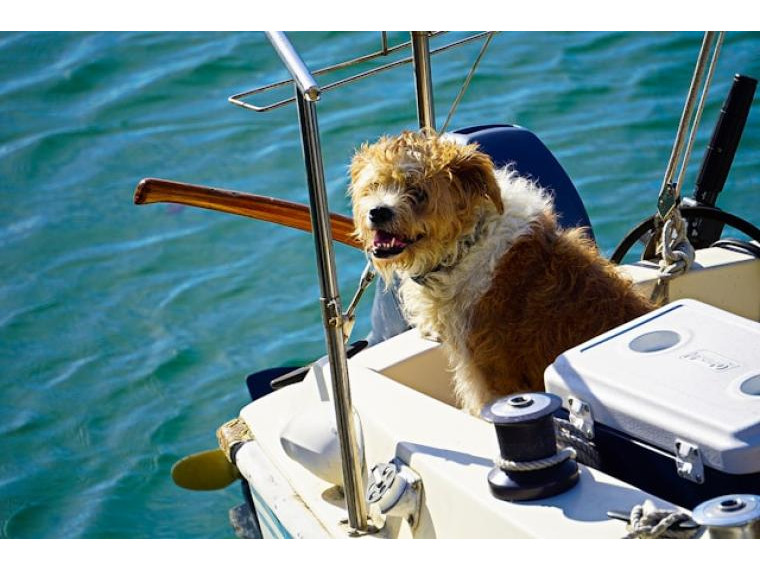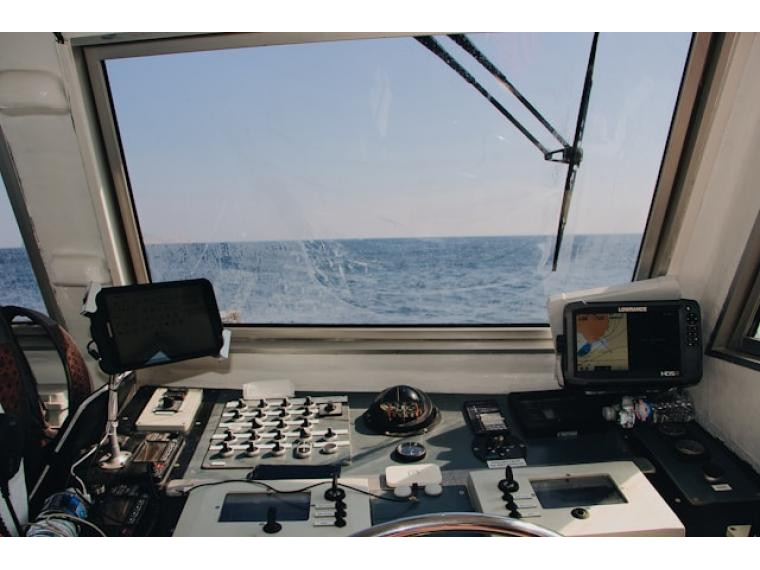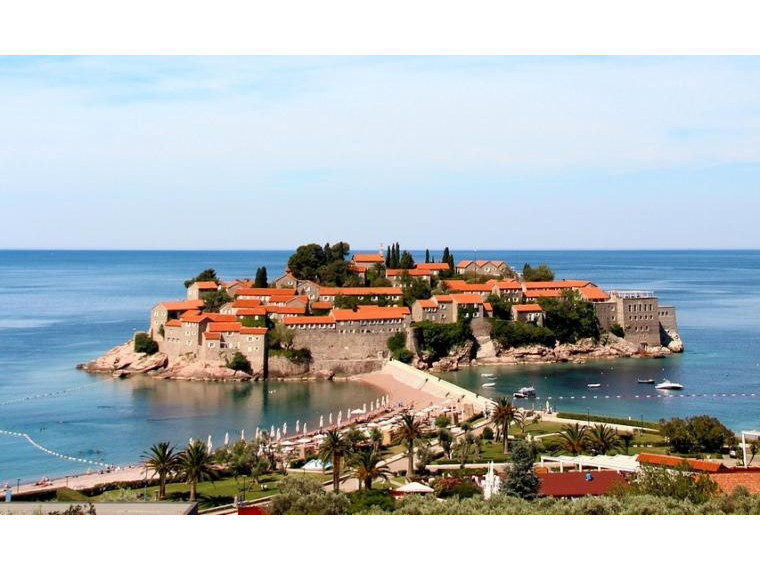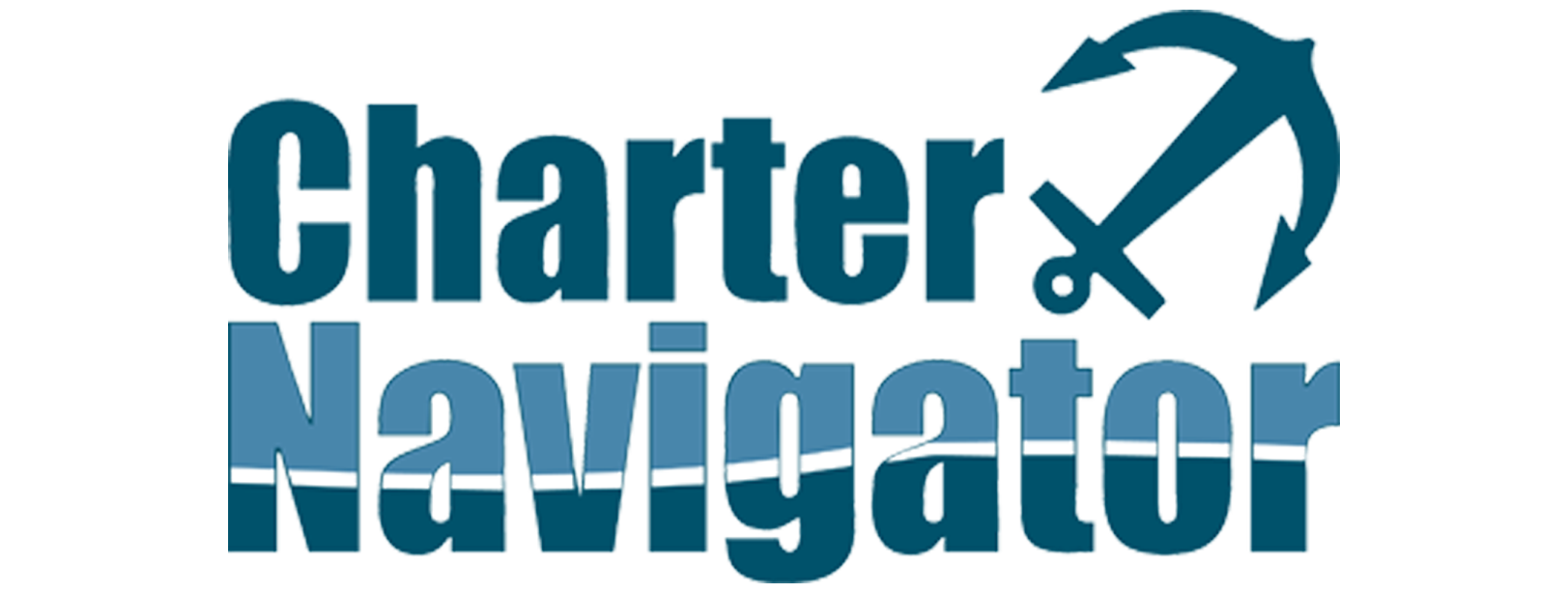How to operate a bow thruster and what is worth knowing about it?
The bow thruster can make maneuvering in the port much easier, especially if there are some unfavorable circumstances such as crowding, side wind or high waves. However, in order to be able to take full advantage of its capabilities, it is worth knowing how such a rudder works and what to pay attention to when operating it.
You can acquire this knowledge through your own practice, but the easier (and cheaper) way is to rely on the advice and experience of old sea-farers. If you want to know our suggestions, please read on.
How does a bow thruster work?
In order to explain the mechanism of its operation, let us first look at the construction of such a rudder. You usually don't see it because when the yacht is in the water, the thruster is below the surface.
It is in fact a small propeller located in the bow of the yacht (in some models there may be double or triple propellers, but most charter yachts have a single propeller). If you want to know exactly where this rudder is mounted, look for the marking on the side; it will be the symbol of a pinwheel or a circle divided into light and dark triangles, like a sliced cake.
The thruster propeller is powered by a small electric motor. This has two consequences: first, it does not need fuel. Secondly, it has a fuse that can burn out if used improperly.
The thruster allows you to turn its propeller to the right or to the left. Thanks to this, you can perform maneuvers such as:
- approaching and moving away from the berth
- tight turns when reversing
- yacht circulations.
All this is especially important in the case of larger vessels - in such a situation having the rudder only at the stern requires great skill, and sometimes also a lot of luck. The bow thruster allows for easier maneuvering because it also gives us control over the position of the bow of the boat, and thus - allows precise control of its track.
How to use the bow thruster?
Some shipowners do short training at the beginning of the charter. However, since the thruster is pretty much standard already, some of them assume that "everyone" knows how to use it. In case you're not "everyone", we're here to help.
In general, the operation of the thruster is not particularly complicated: we have a small control panel equipped with a joystick or right / left arrow buttons. Moving the joystick to the right or pressing the right button will move the bow to the right - and vice versa. However, it is worth remembering that the efficient operation of this device requires following three simple rules:
1. Use the thruster only at minimum speed. Then it has the greatest impact on the position of the yacht and then it works best. It is also worth remembering that there is no point in using it in strong winds, because it is simply too weak. In such a situation, the only "power" you can count on is the main engine.
2. While long-pressing a joystick or button may seem like a tempting option, much better results can be achieved with single, repeated pulses. Remember that you are dealing with an electric motor charged from a battery. So it may turn out that you will exhaust its possibilities and you will be forced to park without its participation. The exception here are some really large yachts - there the thruster is hydraulic, which allows it to work continuously.
3. Bearing in mind point 2 (i.e. limited battery capacity) and the possibility of engine burnout, it is worth sticking to the rule that the bow thruster should only be used for "finishing" the maneuver, but mostly relying on the main rudder and the internal combustion engine. Also remember that the thruster automatically turns off after a while - so if you don't use it for a long time while maneuvering, it may turn off in the meantime, and it will take you a few precious seconds to turn it on.
How to avoid costly mistakes?
Even though the operation of the thruster seems very intuitive, there are still things that can go wrong, entailing unnecessary costs and a lot of nerves.
The first difficulty is that not all models have screws covered by a grille. This means that there is a possibility that during operation, the blades will get caught in some ropes, moorings or even garbage floating in shallow water. To avoid this, it is worth taking care of at least those "strings" that you have some influence on, i.e. your own moorings and moorings to which you intend to attach yourself. The rule is simple: if any rope is in the water near the bow, we do not use the bow thruster. However, if something happens to block the propeller blades anyway, you should release the joystick IMMEDIATELY. There's no point in pushing it further anyway, because a trapped screw won't work anyway - and you can only damage the rudder, which can be really expensive.
This year, in fact, we had such a situation: the muring was released - but it has not yet completely sunk to the bottom. Turning on the thruster without the protective grille on its propeller caused the blades to pull the rope - and it is worth remembering that the moorings are much harder. Than ordinary moorings. As a result, the propeller was immobilized and controllability was reduced to zero. Fortunately, it did not cost much - we managed to free the blades (which of course involved the forced bath of one of the crew and the payment for the destruction of the mouring, which had to be cut and then pieced together.
The second, often repeated mistake is to immediately inform the shipowner that "the thruster is not working". Of course, this is a stressful event, but remember that before you raise the alarm, it is worth taking a close look at the fuse. It may turn out that it simply popped out when the screw encountered some resistance (for example, it pulled in the mentioned ropes). After checking that nothing got tangled and possibly freeing the blades from the shackles, you can turn on the fuse again. It usually has a thermal limit and when the motor heats up, the fuse automatically turns off the power. If it turns out that the fuse has blown, buy a new one from a sailing shop and replace it. This is a much simpler and cheaper solution than waiting for hours for a representative of the shipowner who will do exactly the same as we do.
To sum up: the thruster is a really big help. If when chartering a yacht you are wondering whether it is worth choosing a vessel that has one - the answer is definitely "yes". We hope that our tips will help you to master the operation of this device, and at the same time will help you avoid the most common mistakes.
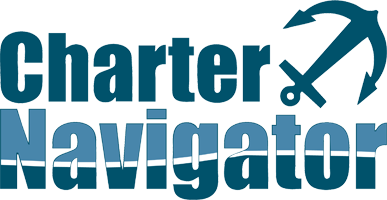
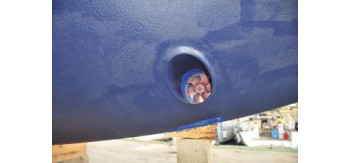 The bow thruster is a very useful device that greatly facilitates the maneuvering of the yacht. It is especially helpful for non-professional helmsmen who, sailing from time to time, are often not able to gain sufficient skill in port maneuvers, especially in strong winds.
The bow thruster is a very useful device that greatly facilitates the maneuvering of the yacht. It is especially helpful for non-professional helmsmen who, sailing from time to time, are often not able to gain sufficient skill in port maneuvers, especially in strong winds.
